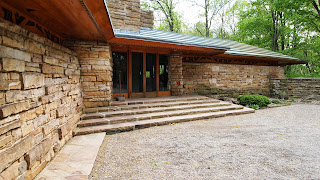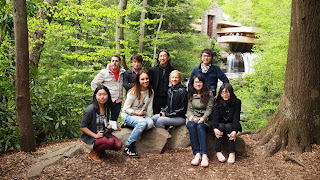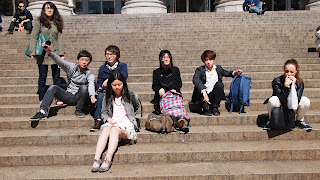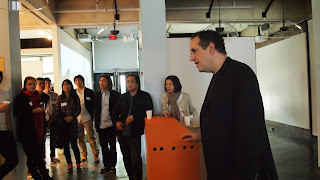This year’s Kuma – Obuchi Undergrad Design Studio is joined by Keisuke Toyoda and Junichiro Horikawa of Noiz Architects, Sota Ichikawa of doubleNegatives Architecture, and Kaz Yoneda of takram design engineering. Under the title of Adaptive Morphology, the ambitions of the studio is to explore evolutionary design processes.
Images here are taken during reviews joined by Jun Sato, Makoto Sei Watanabe, Yasushi Ikeda.
















